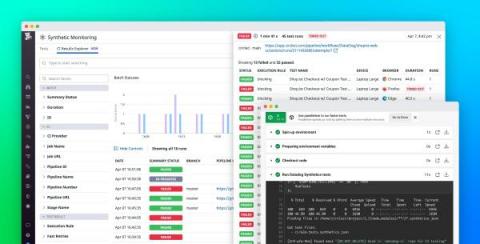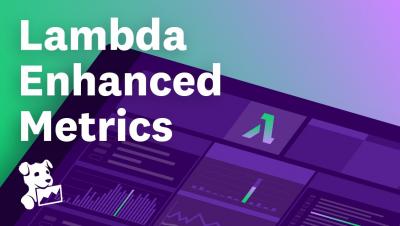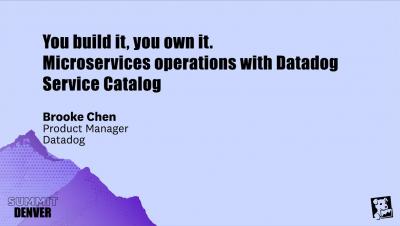Run Synthetic tests in your CI/CD pipelines with the Datadog CircleCI orb
CircleCI is a CI/CD service that allows organizations to rapidly build, test, and deploy within their pipelines on a single platform. If you are using CircleCI for your CI/CD pipelines, you can now leverage the Datadog Synthetics CircleCI orb to implement Synthetic tests as part of shift-left testing. CI/CD testing is a widely adopted DevOps standard that helps teams mitigate any potential issues that could arise as a result of faulty code deployments.











